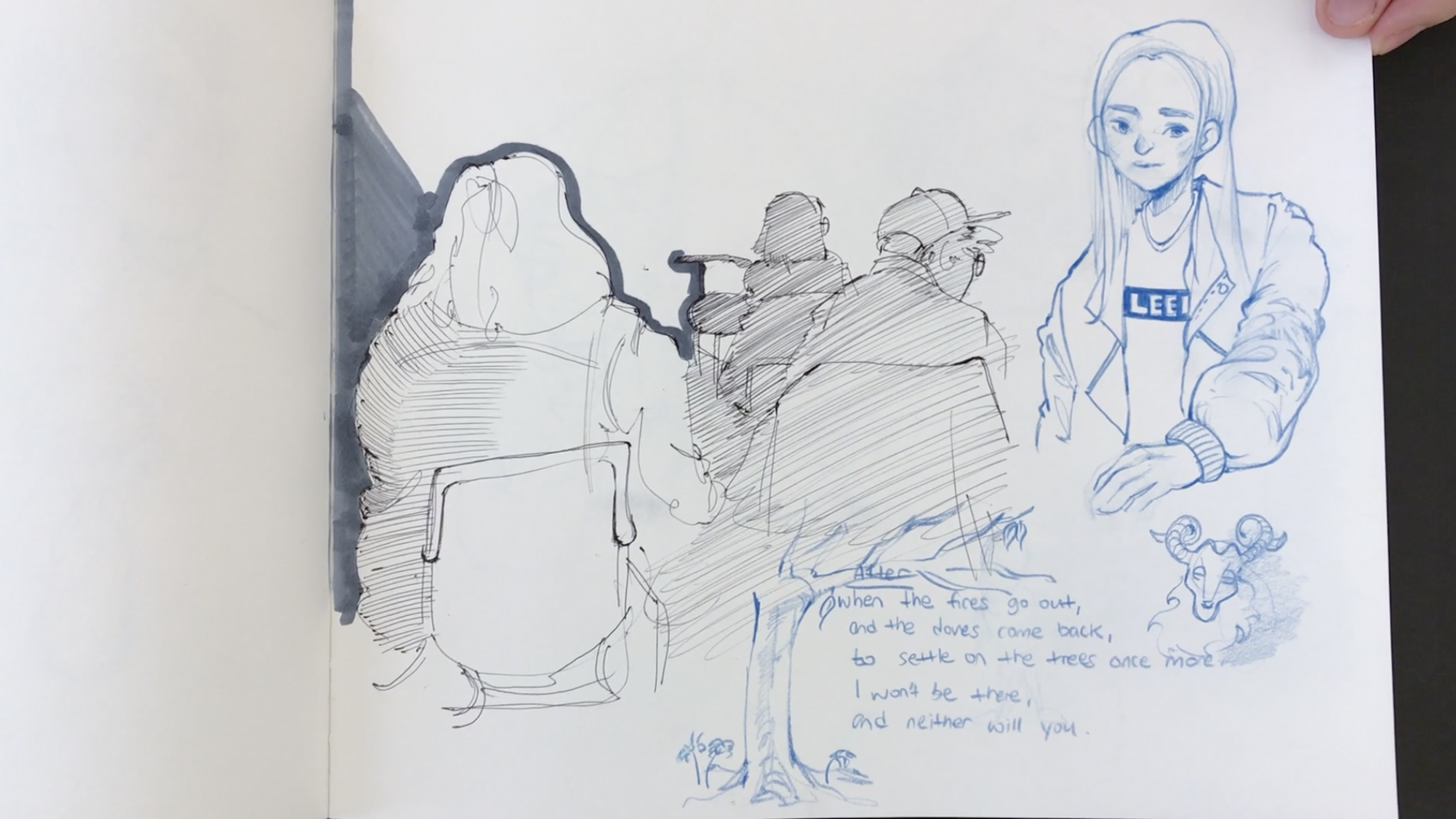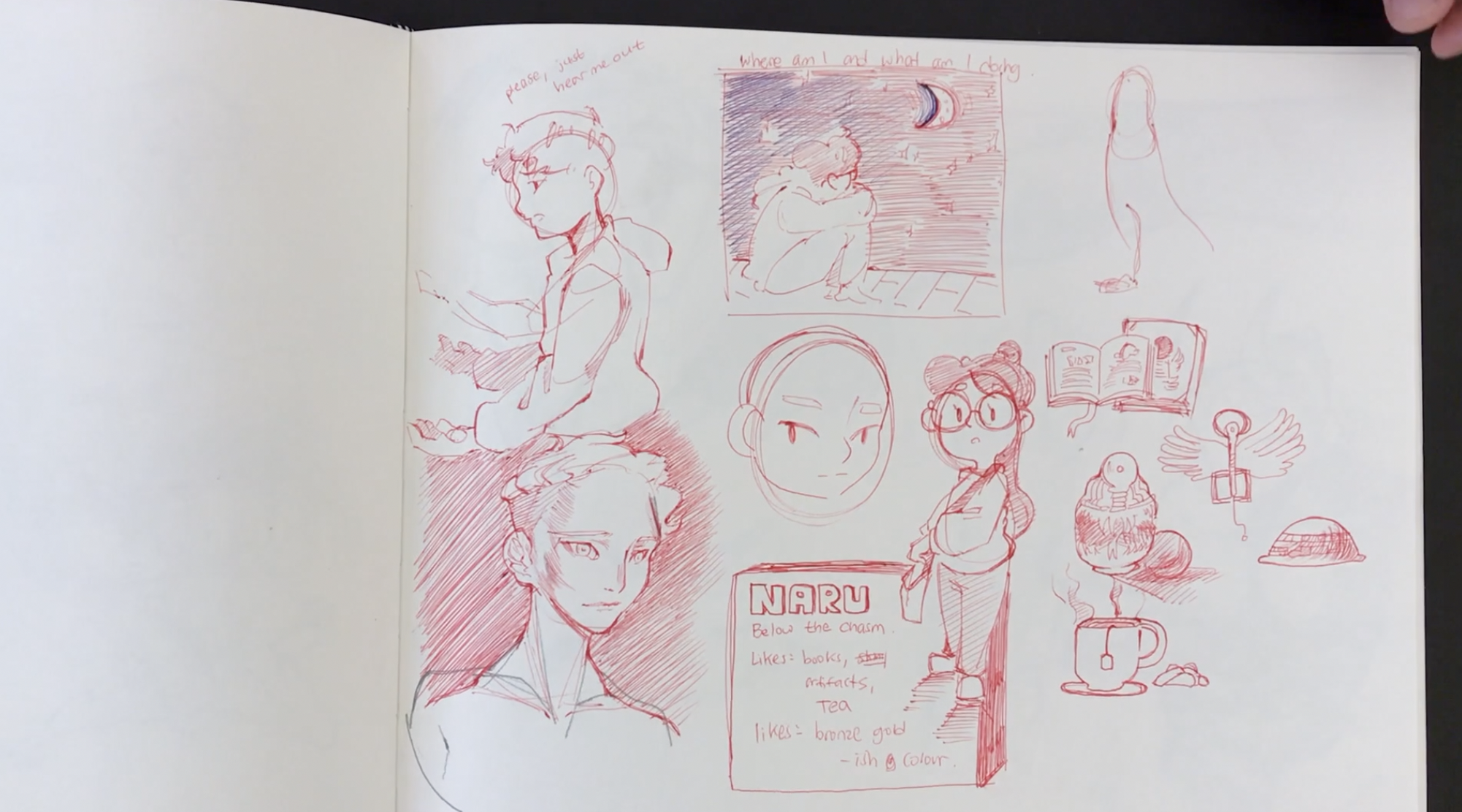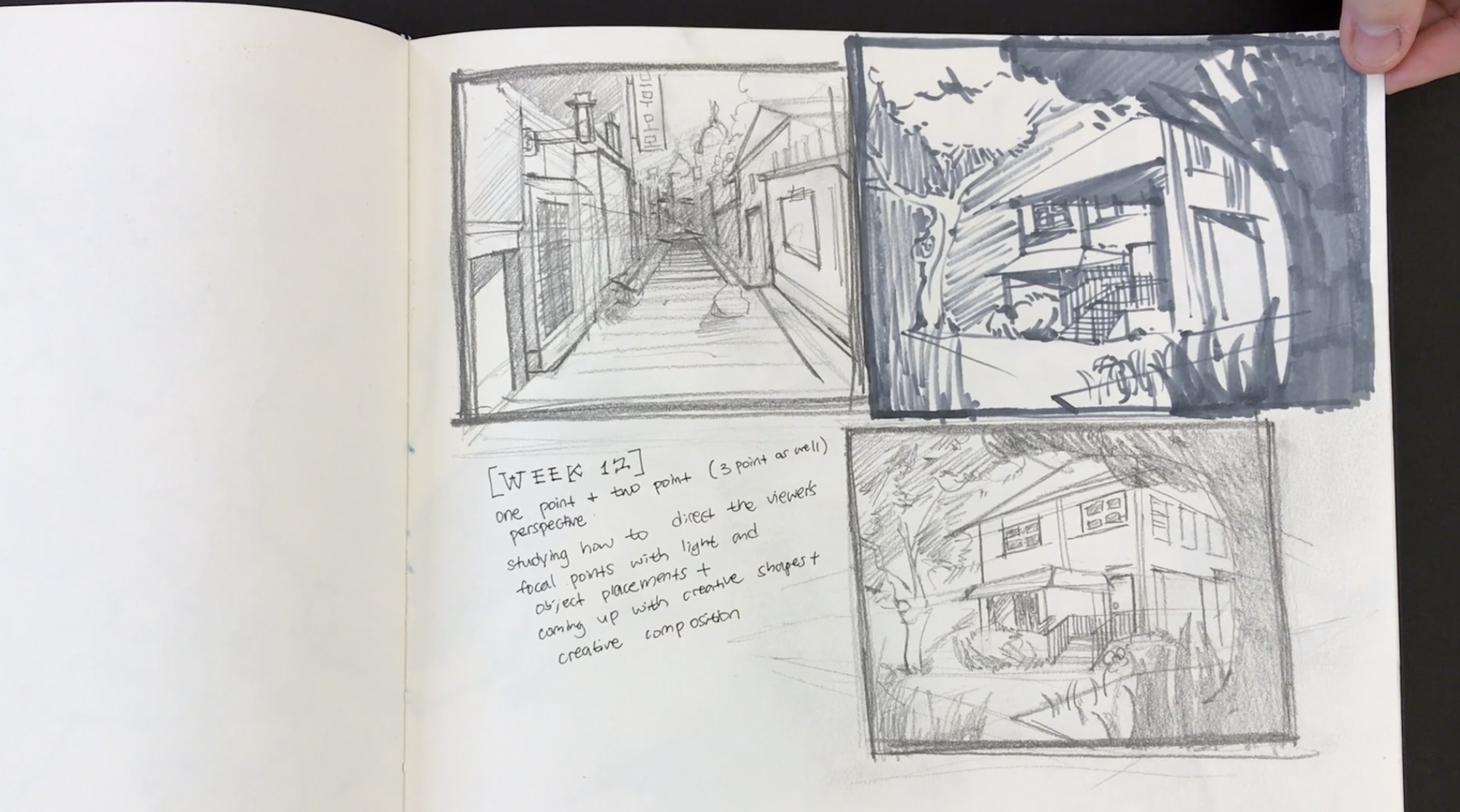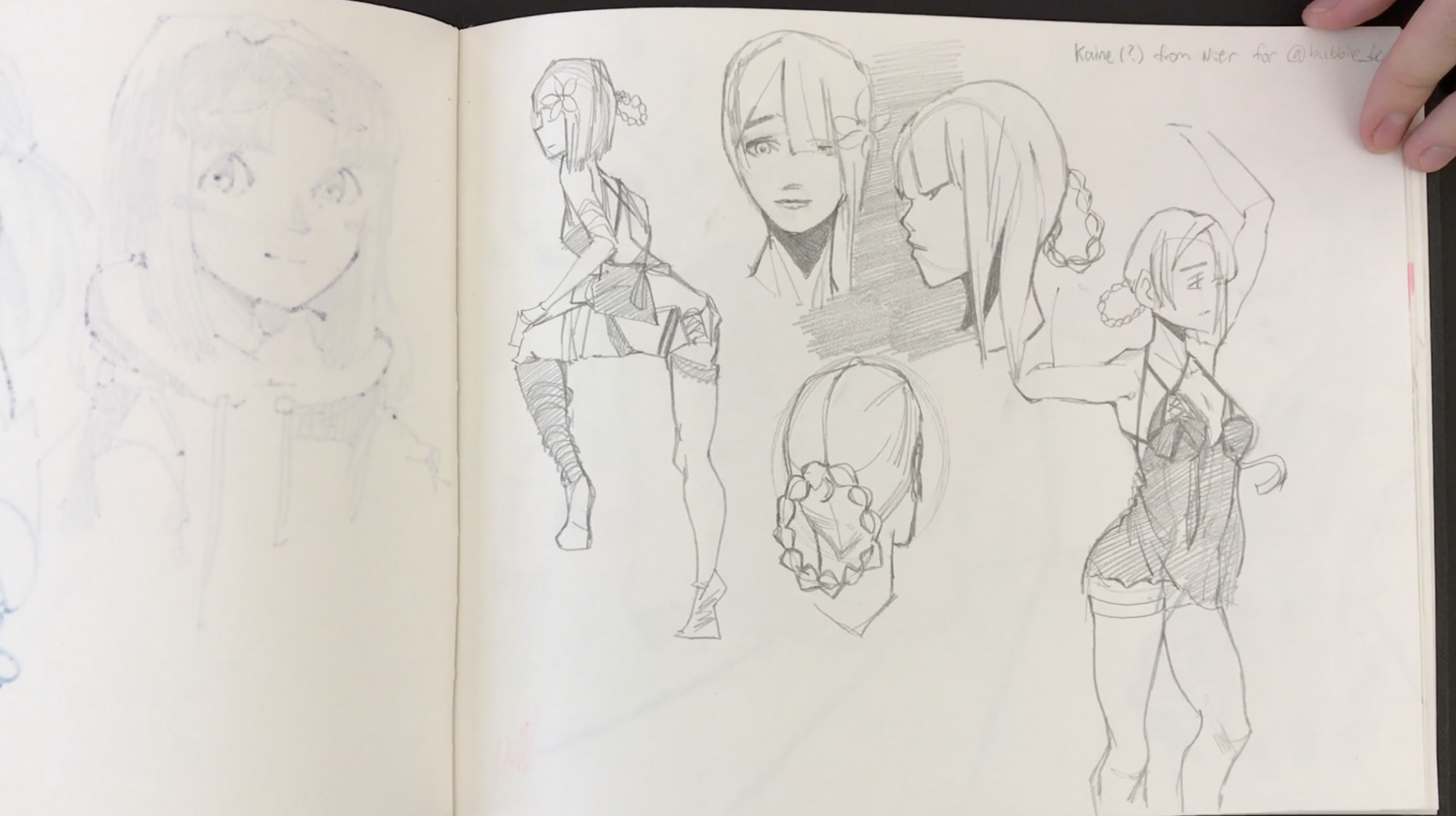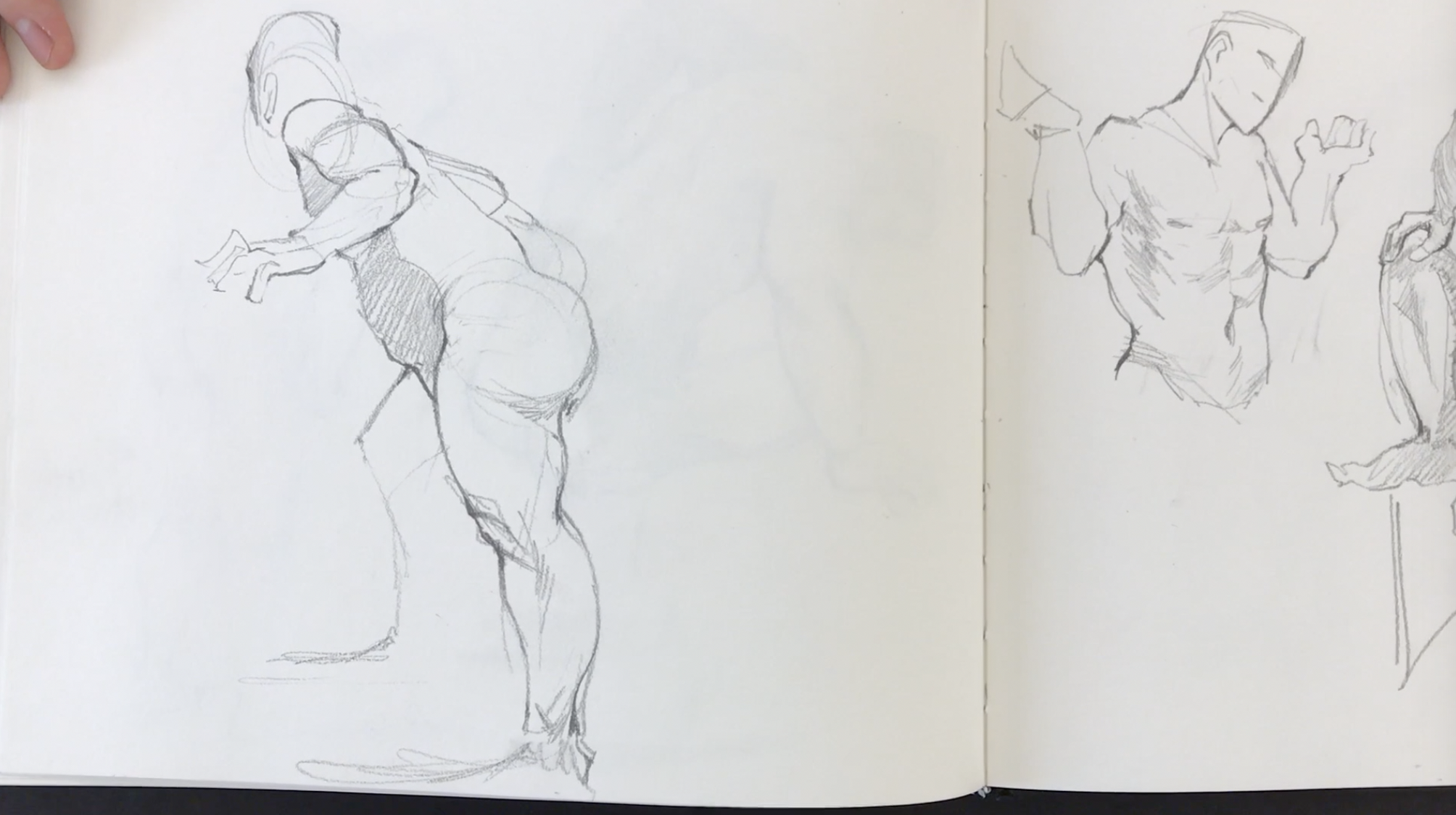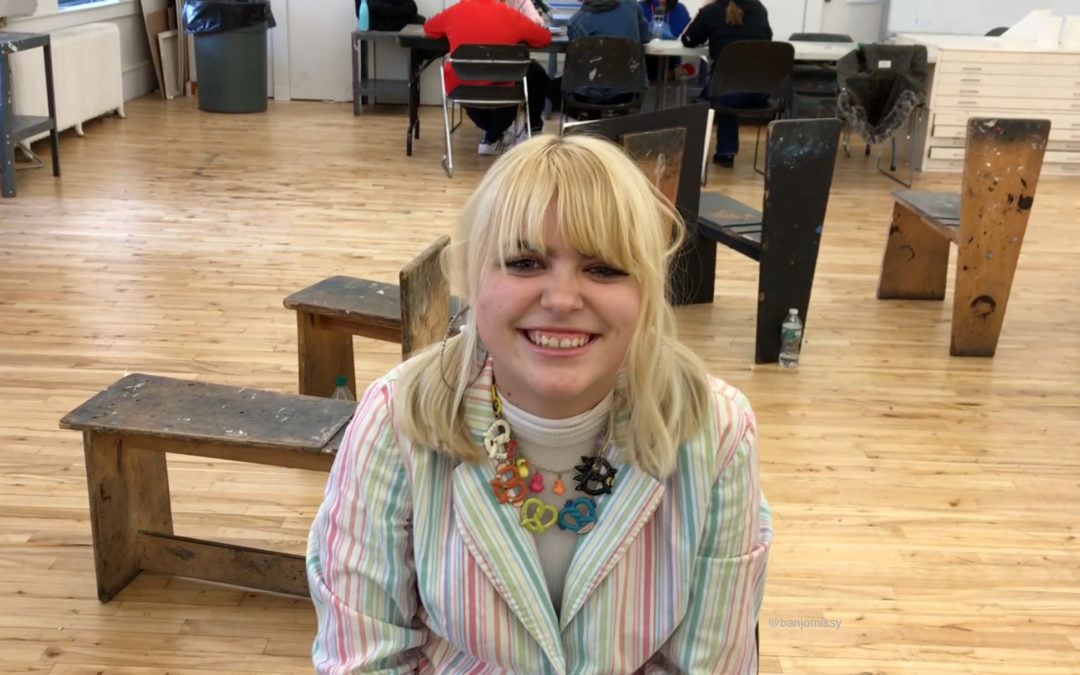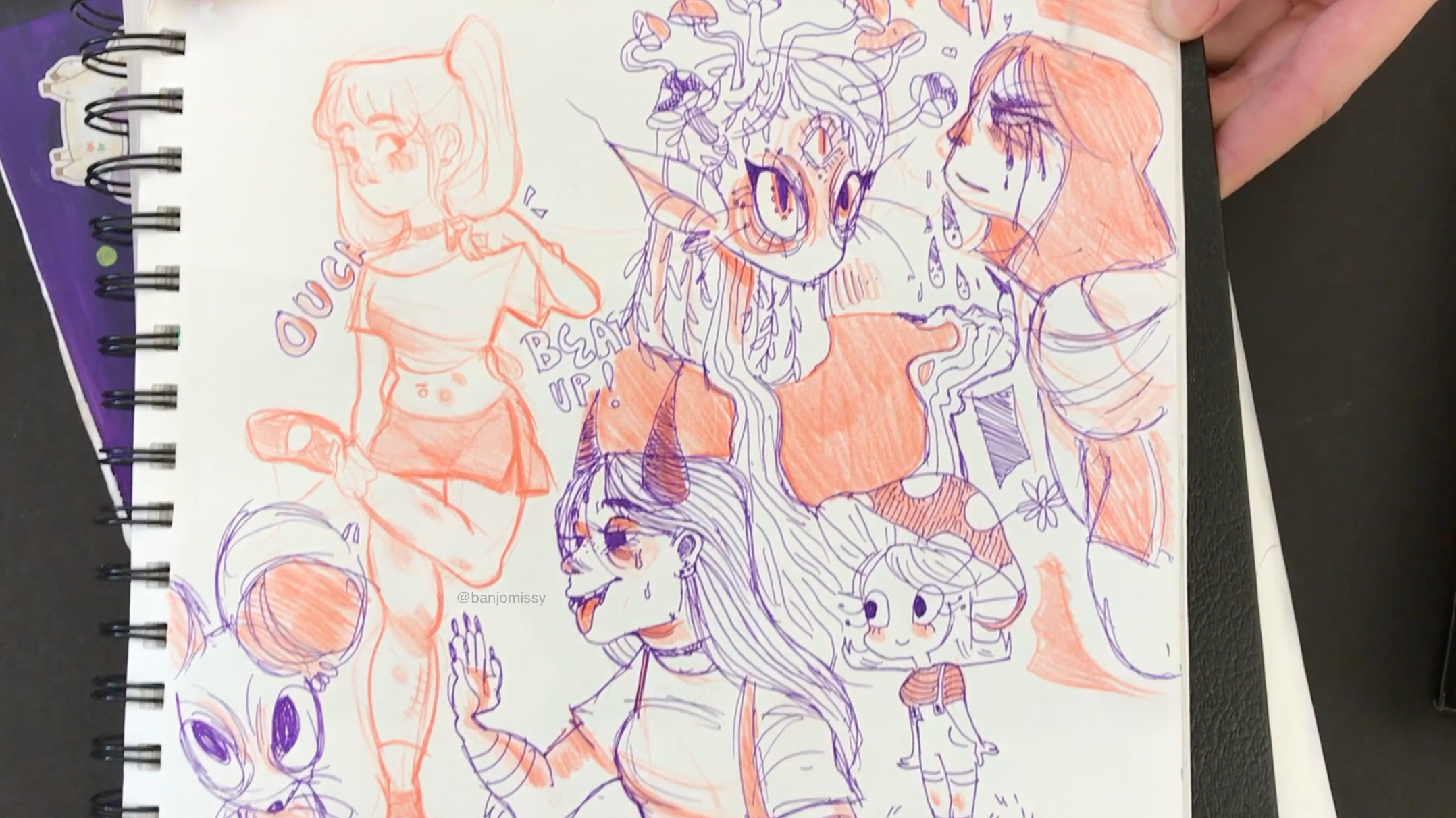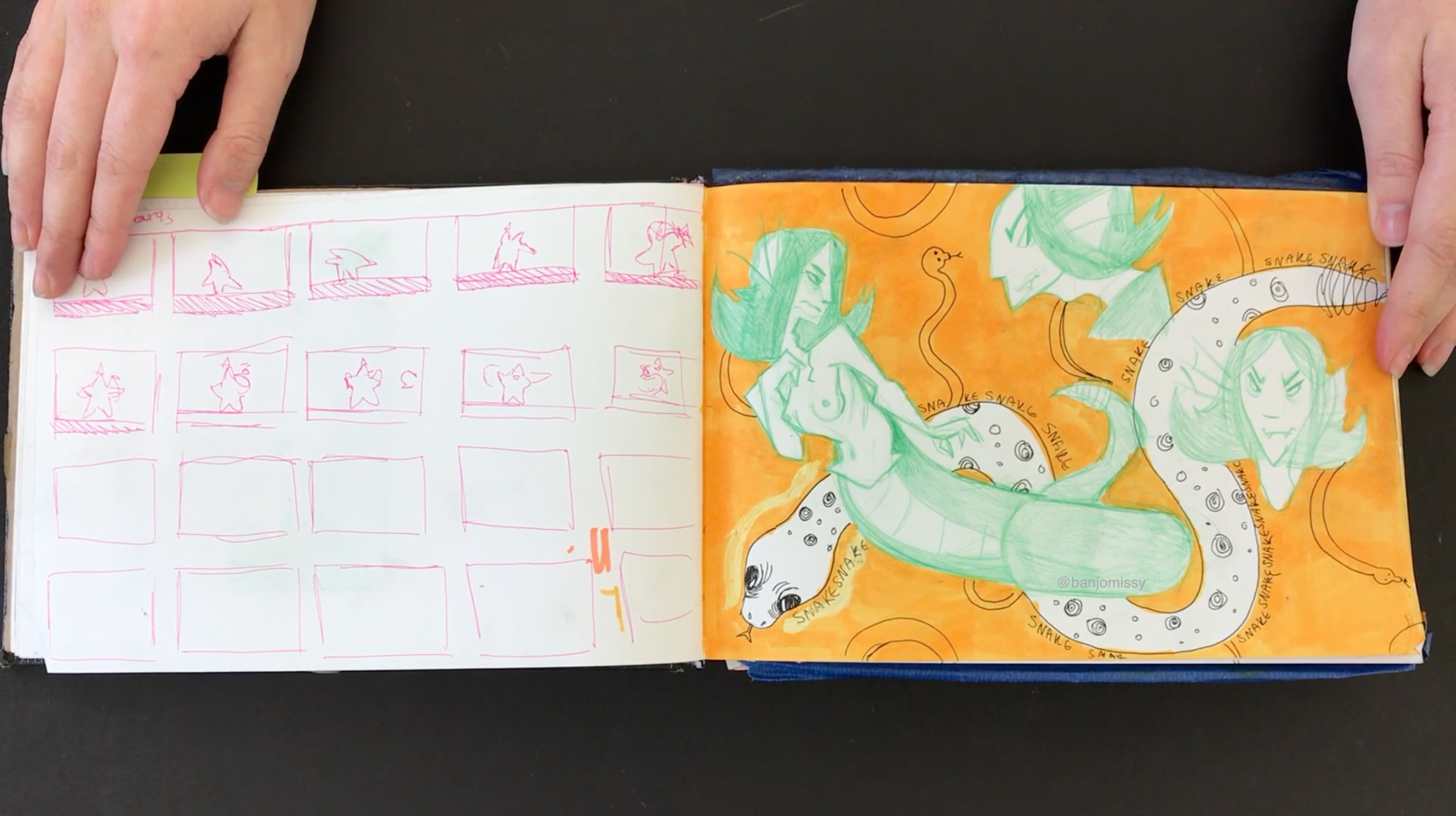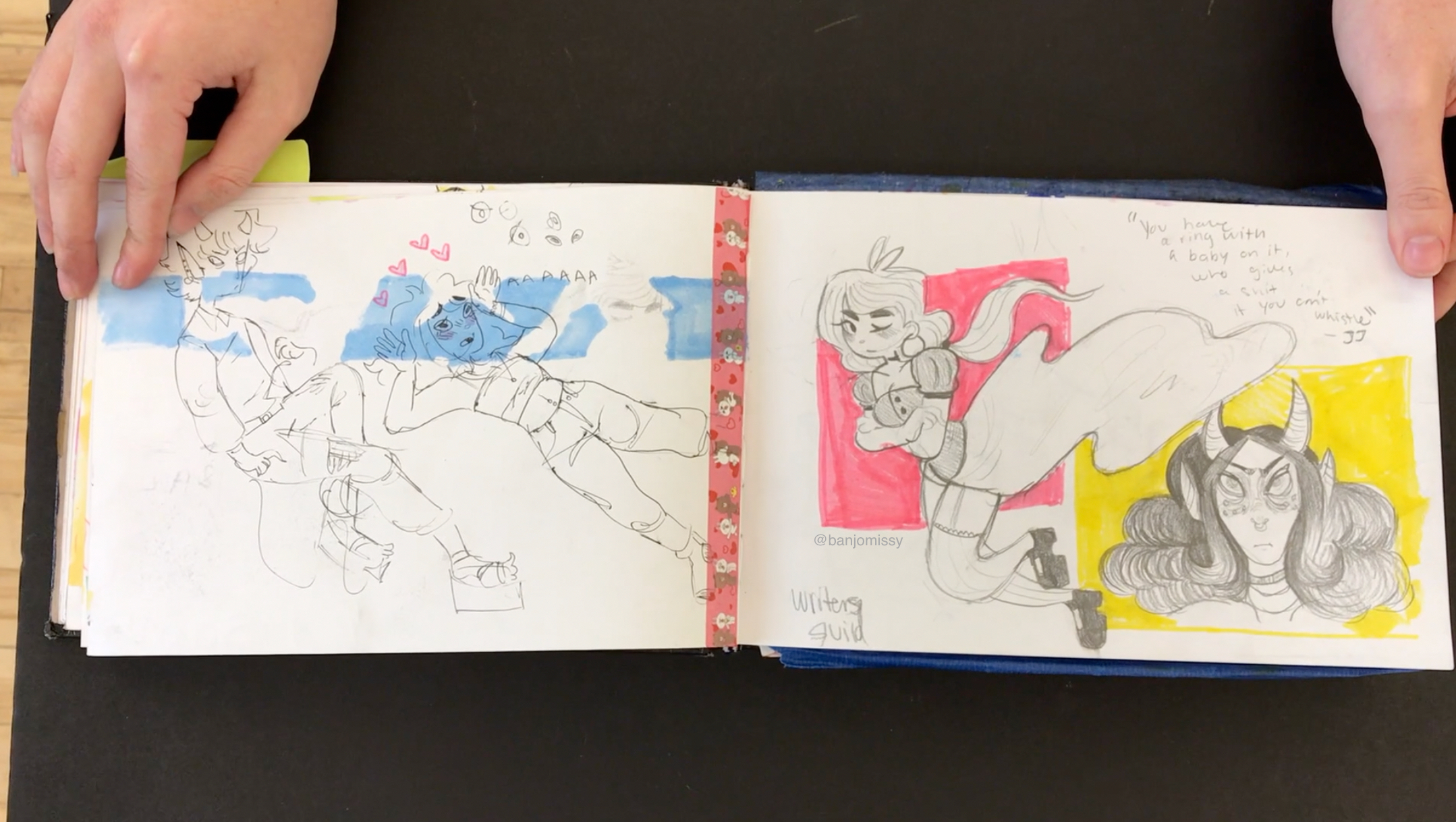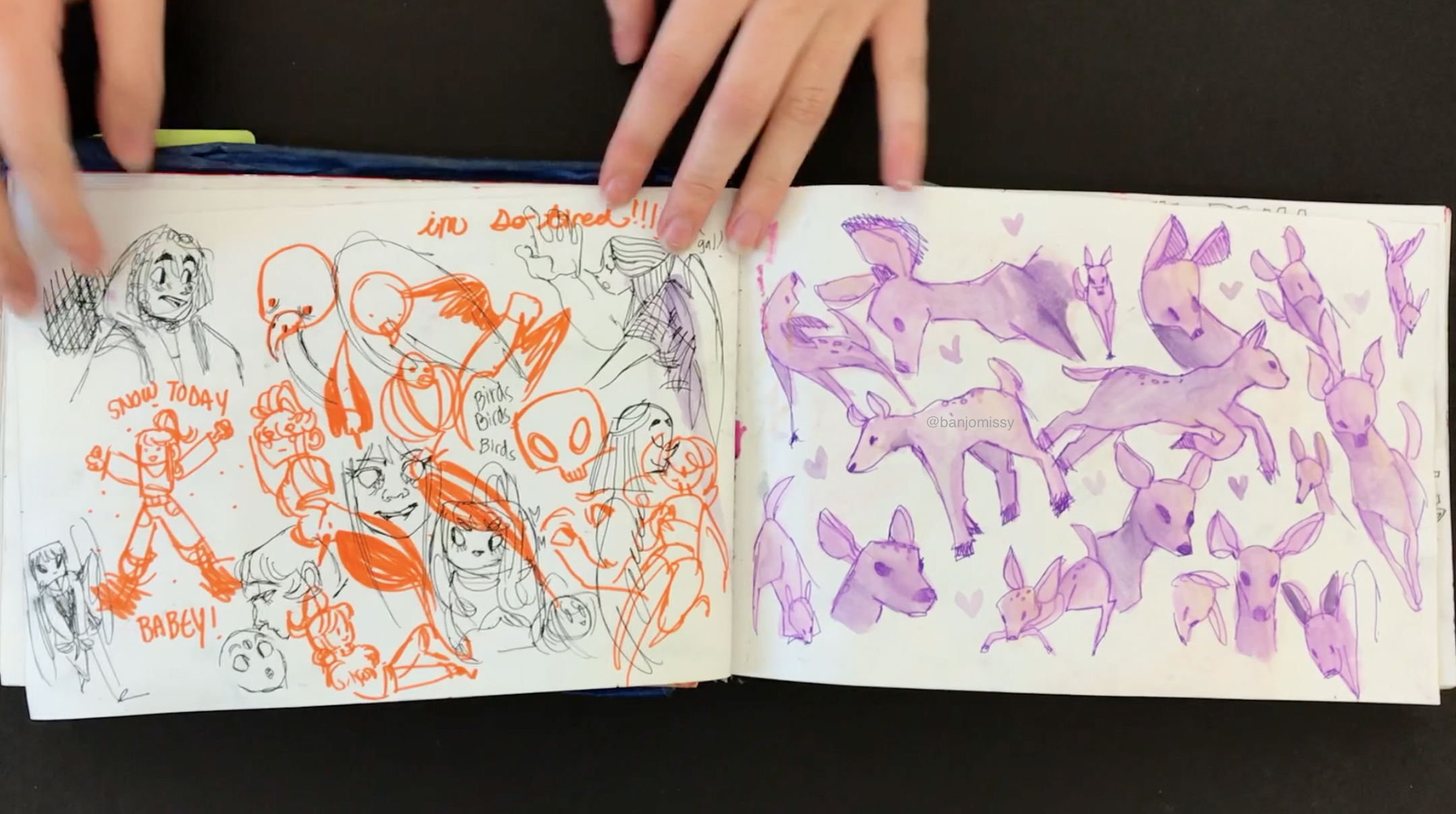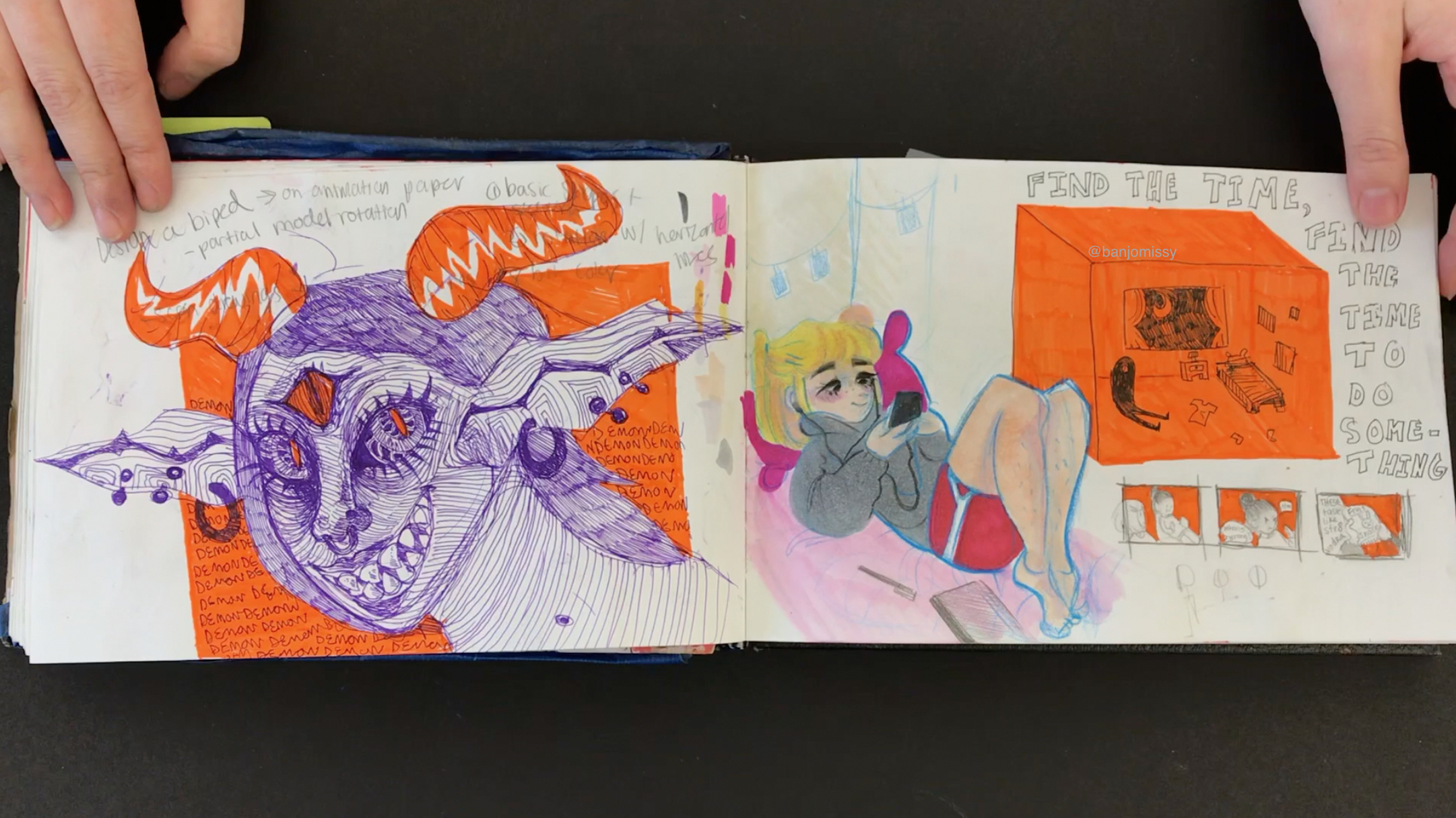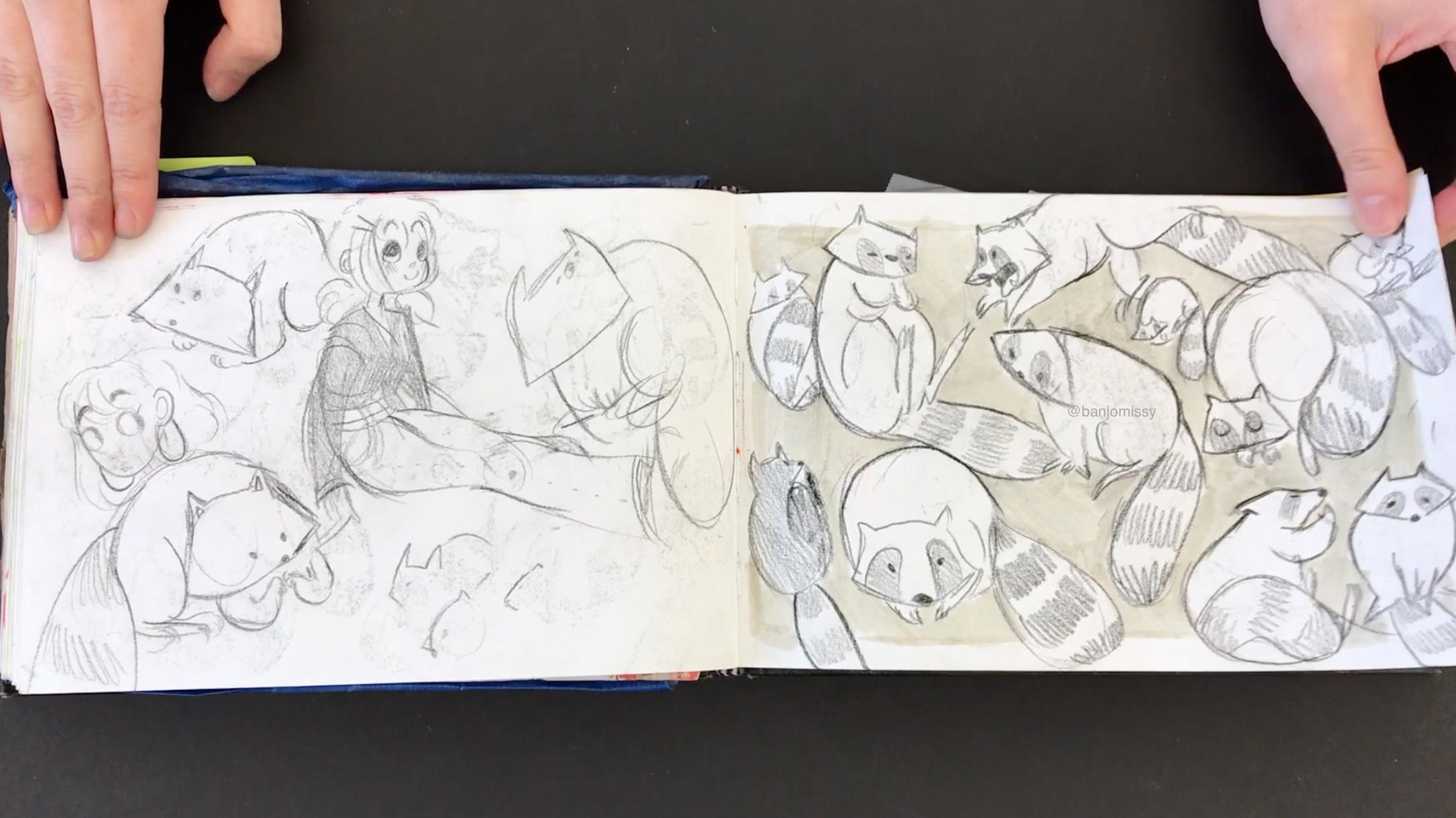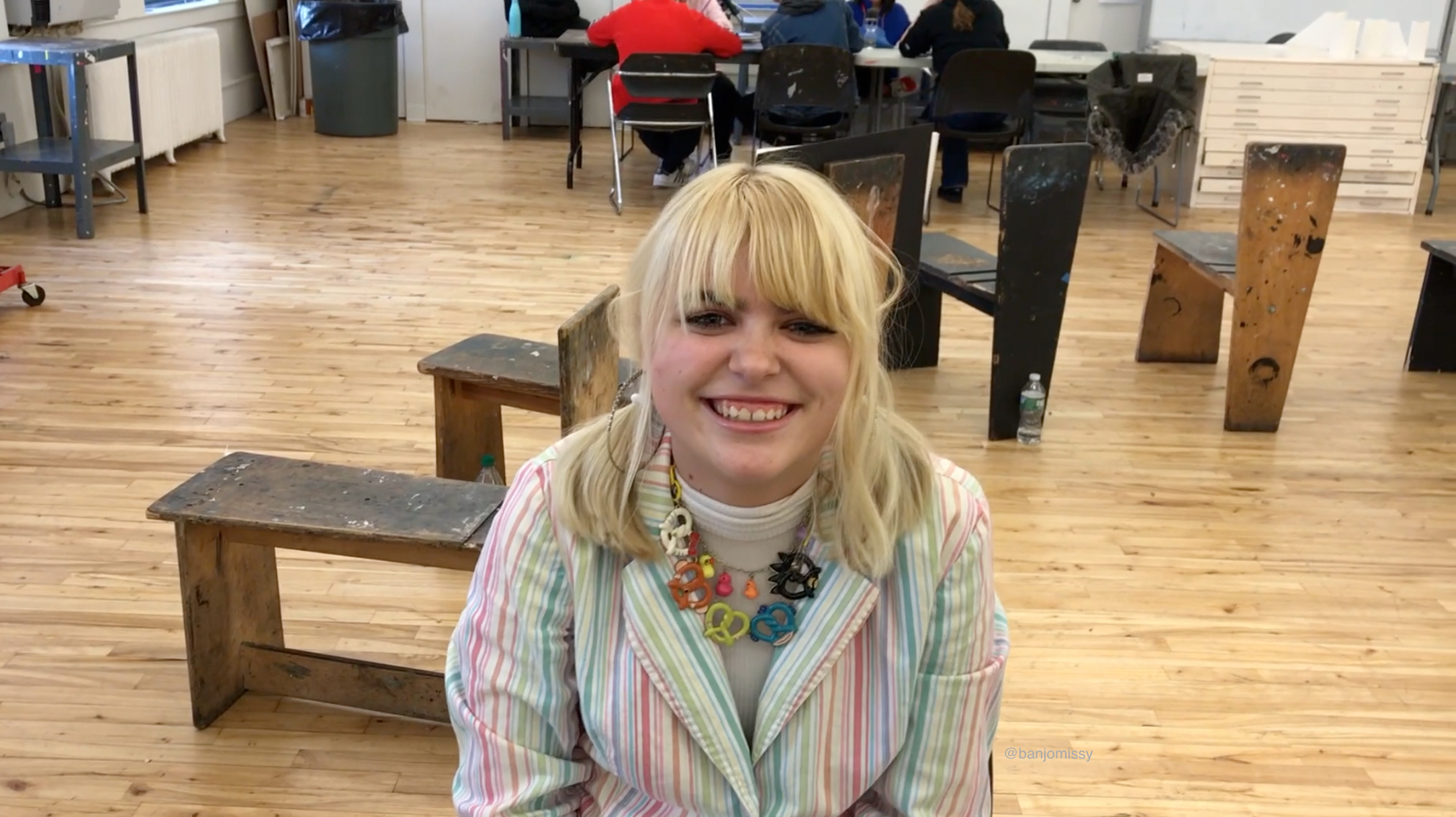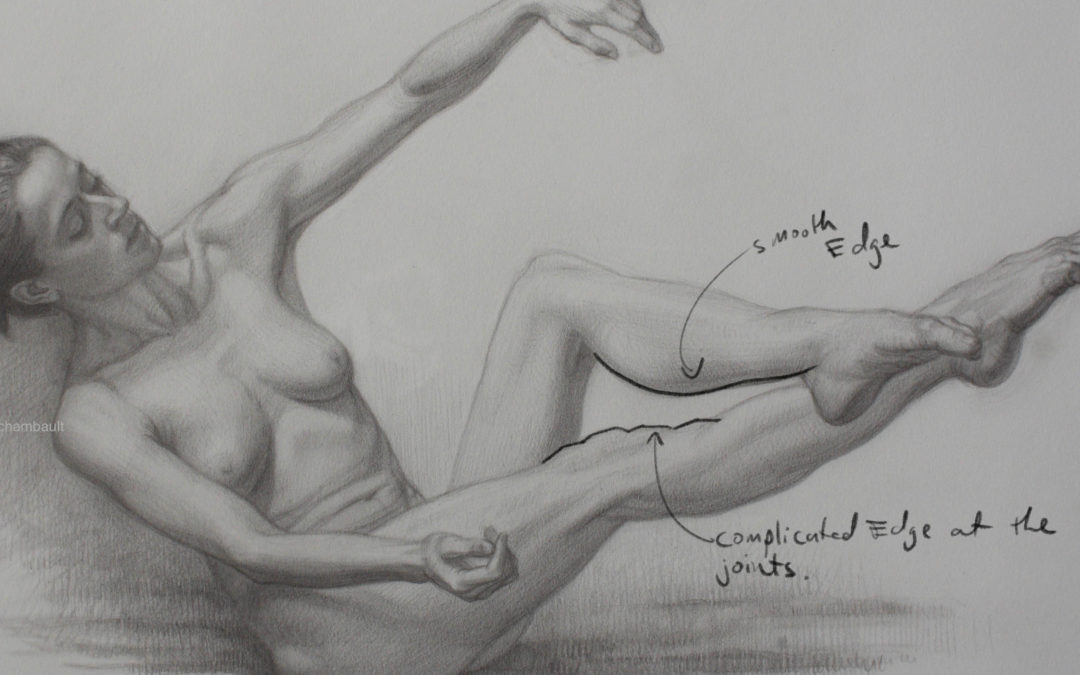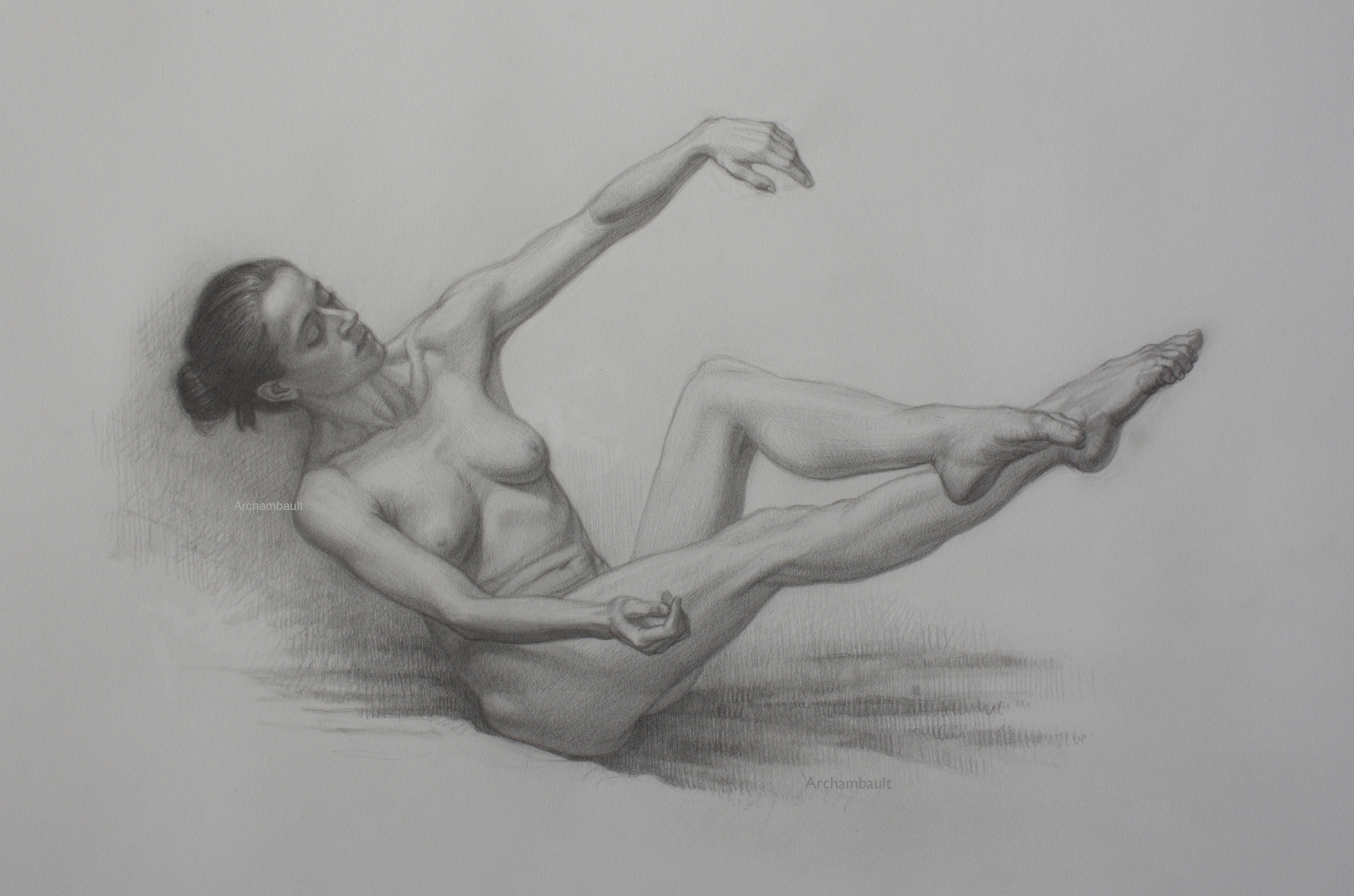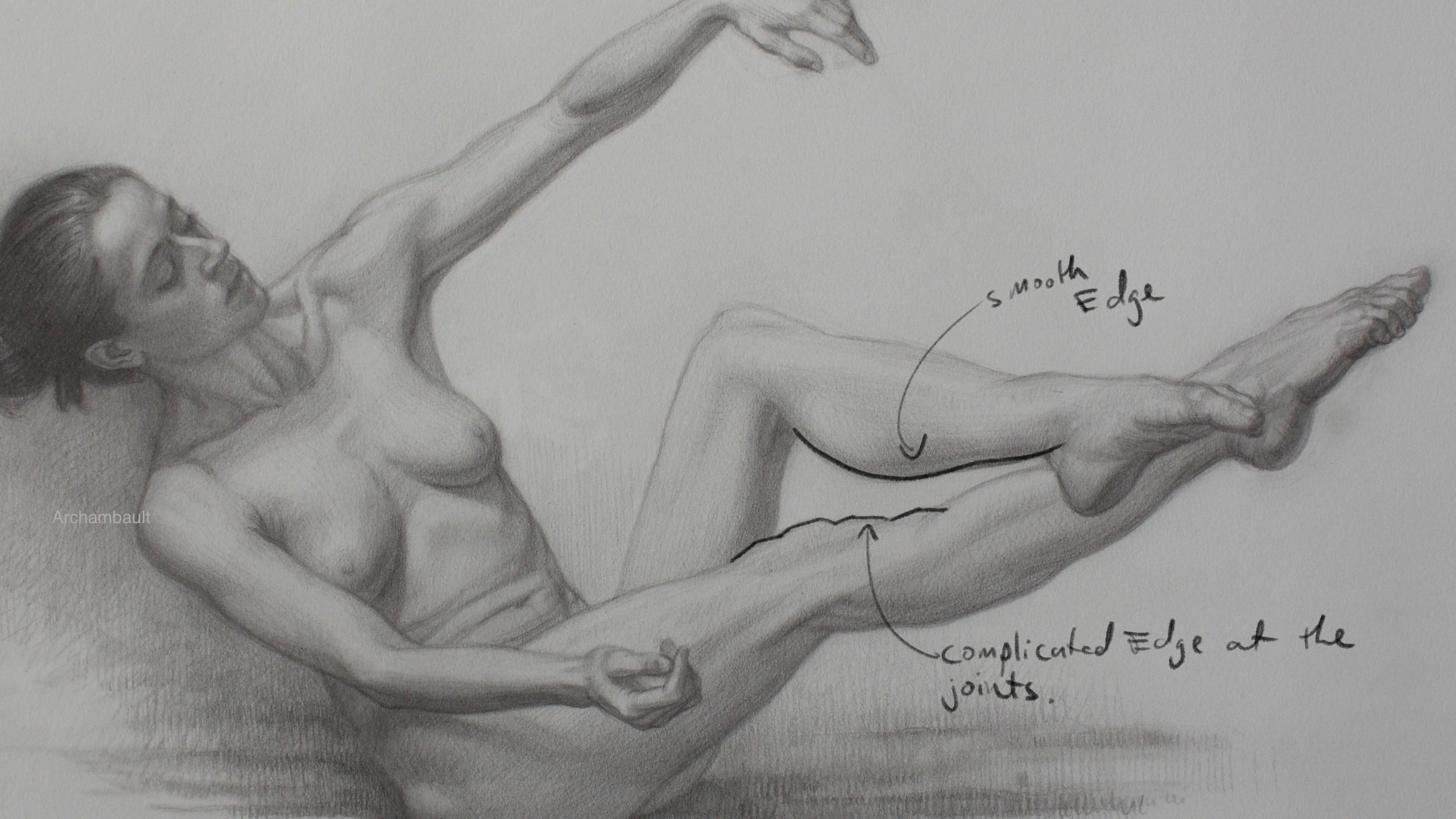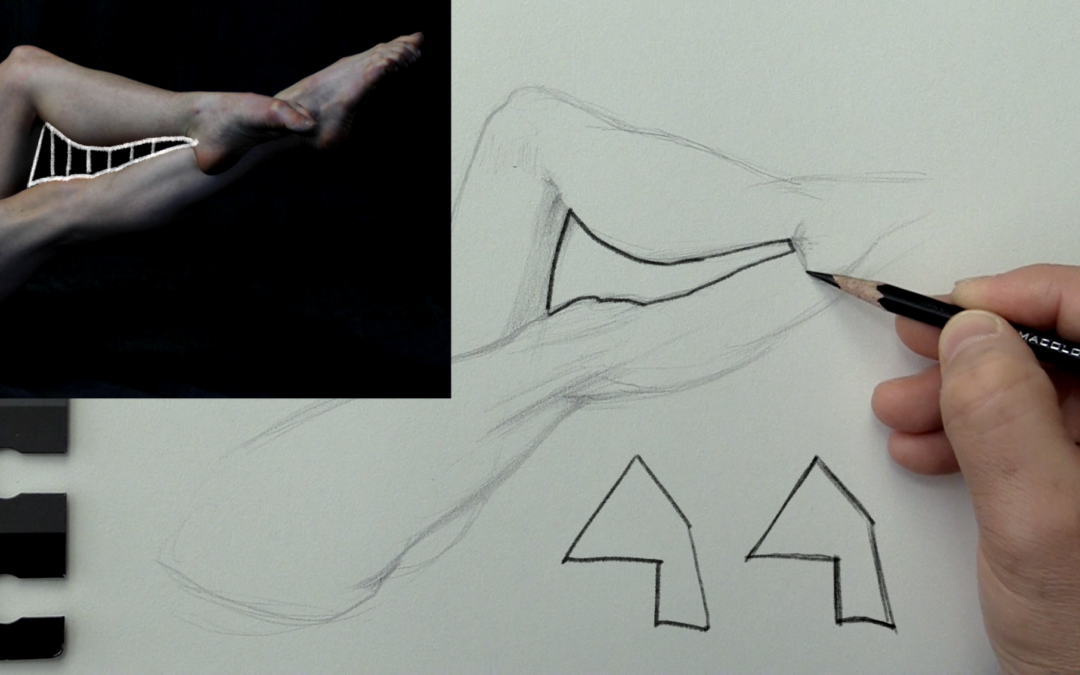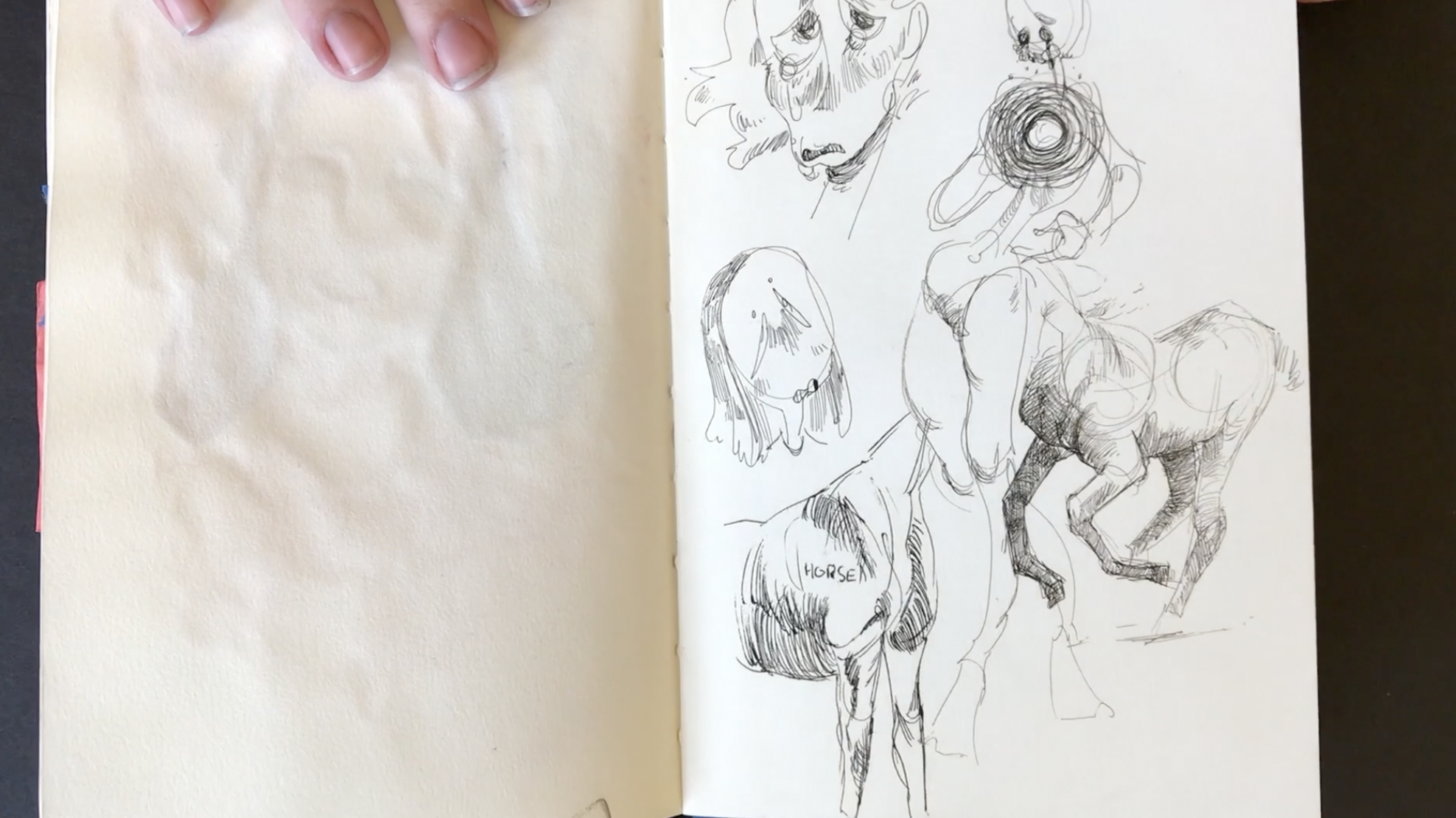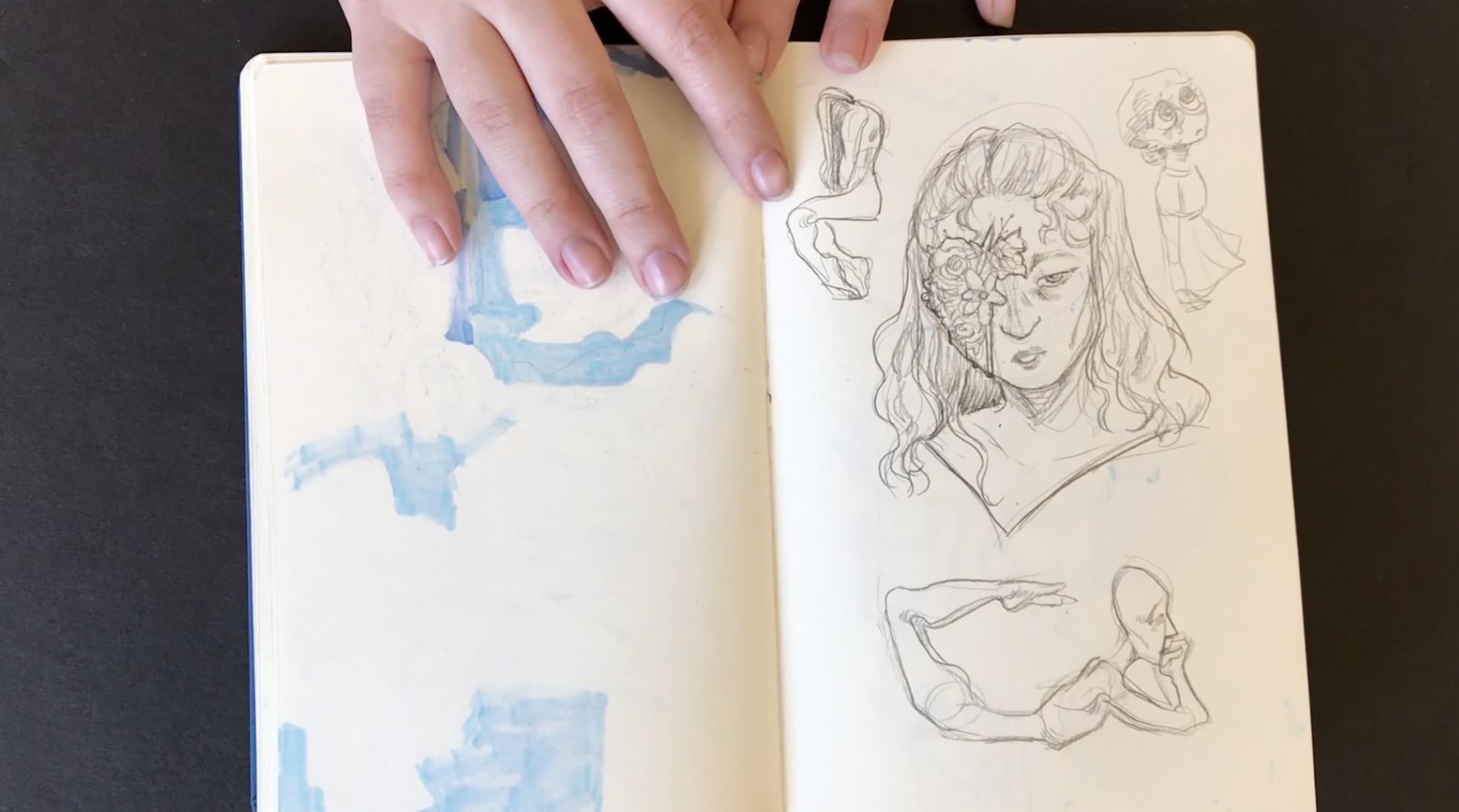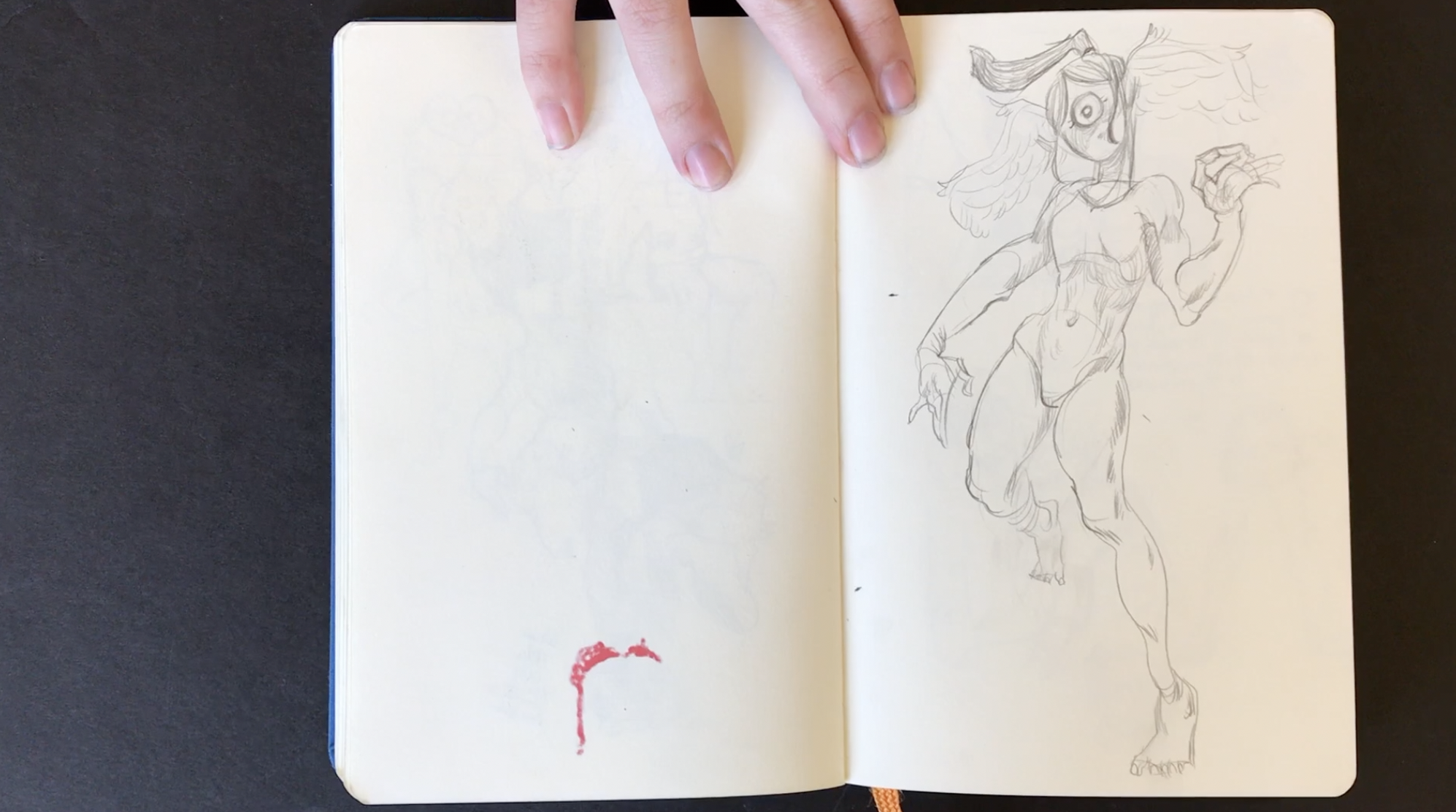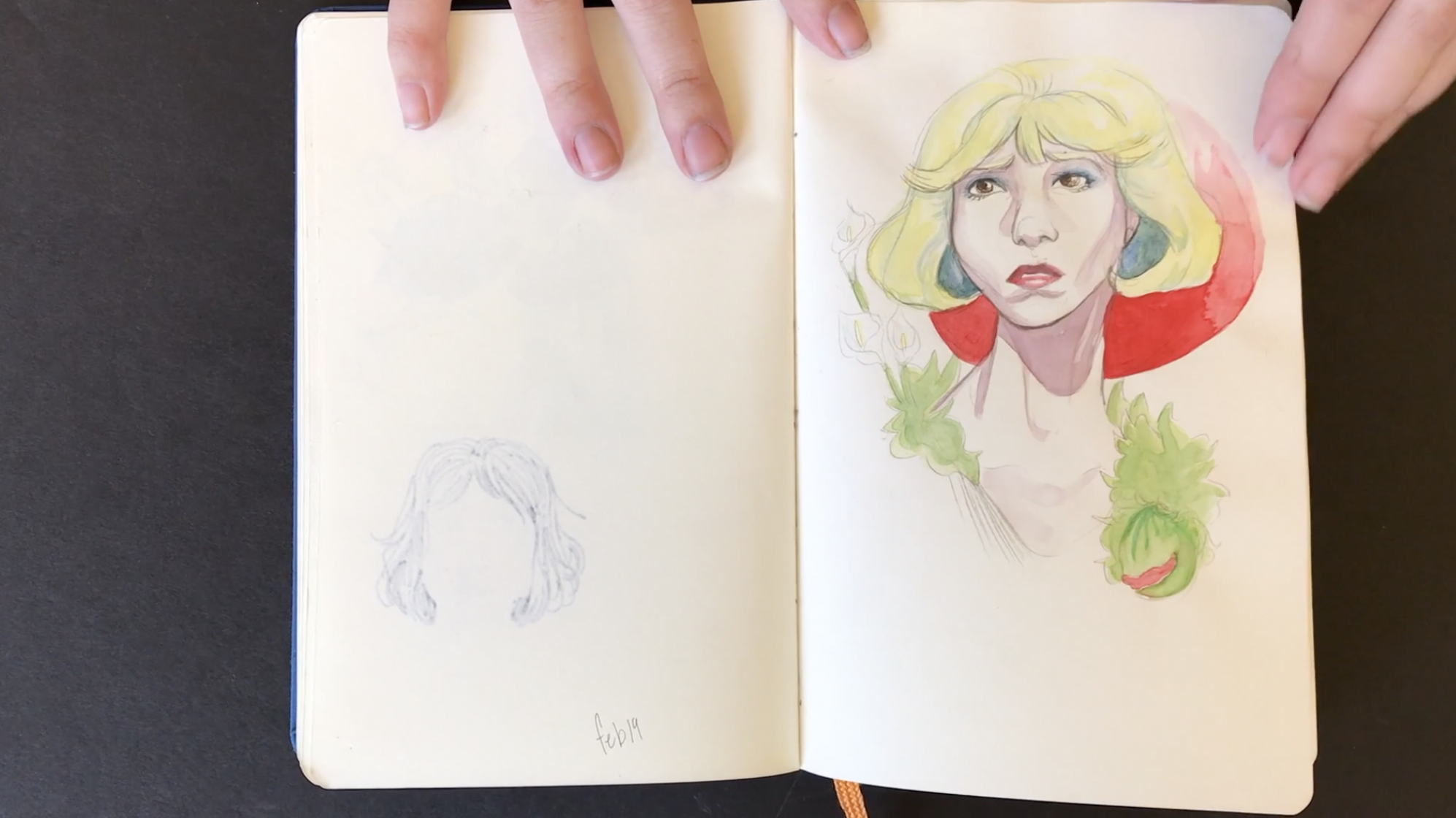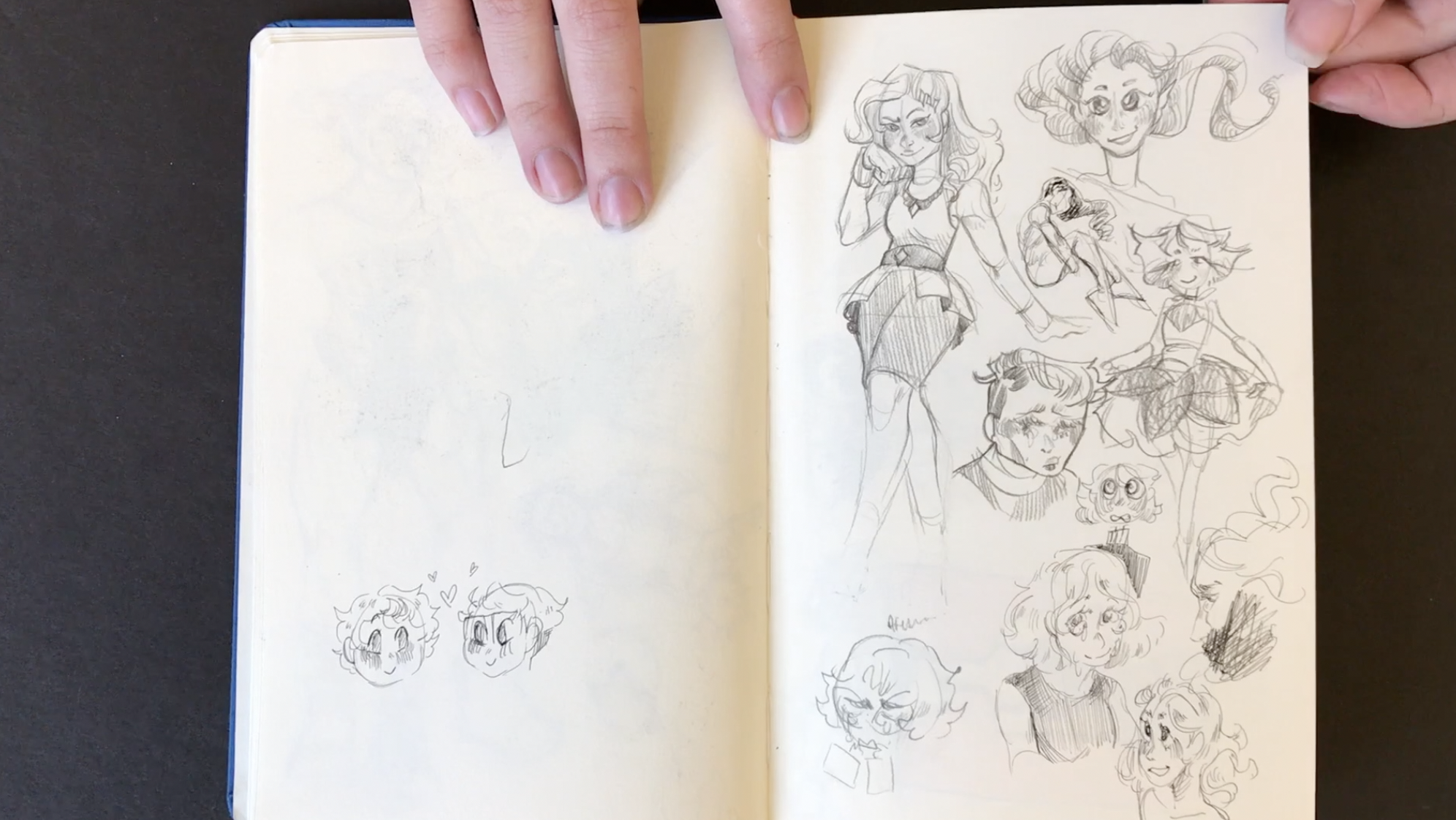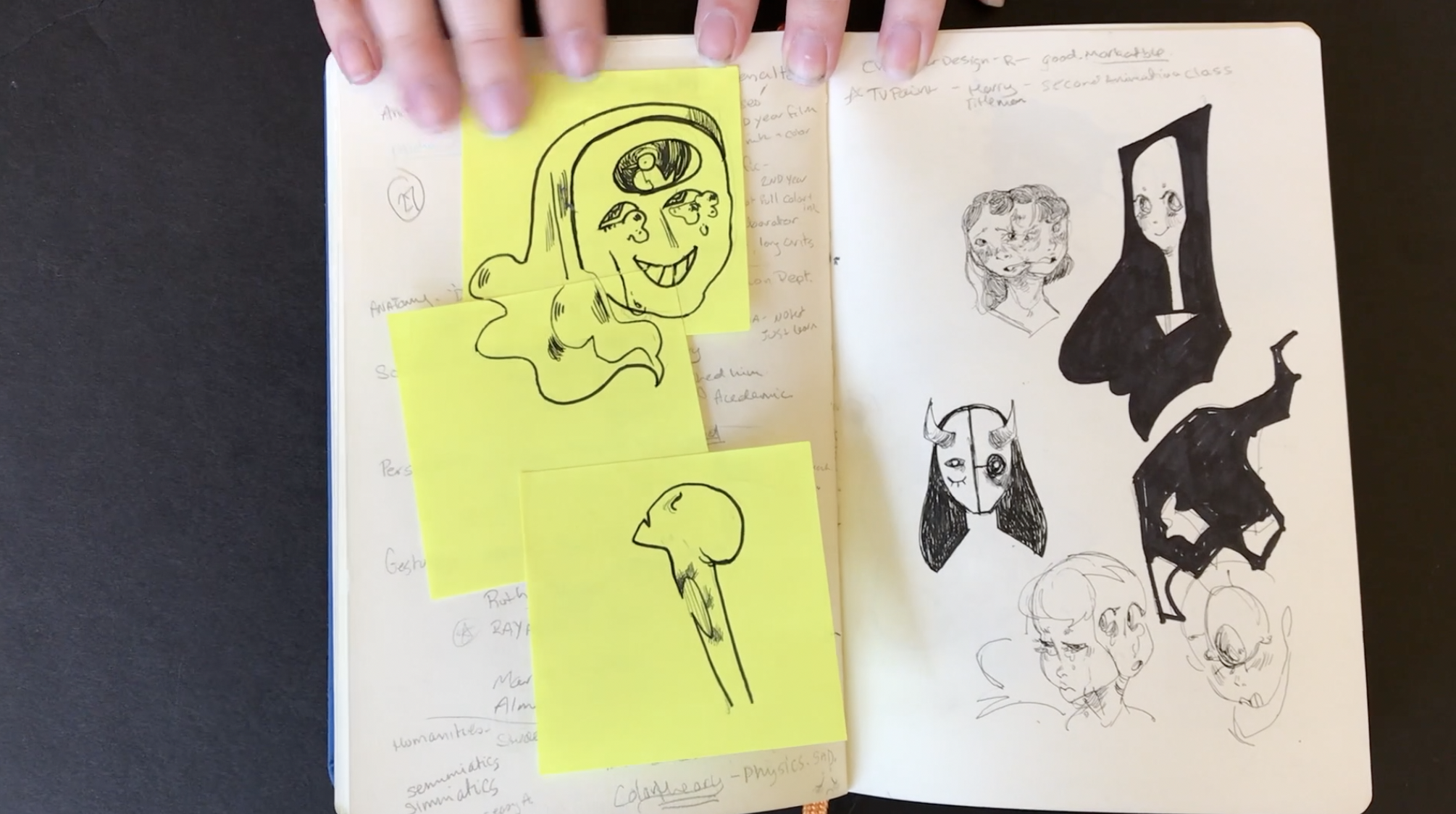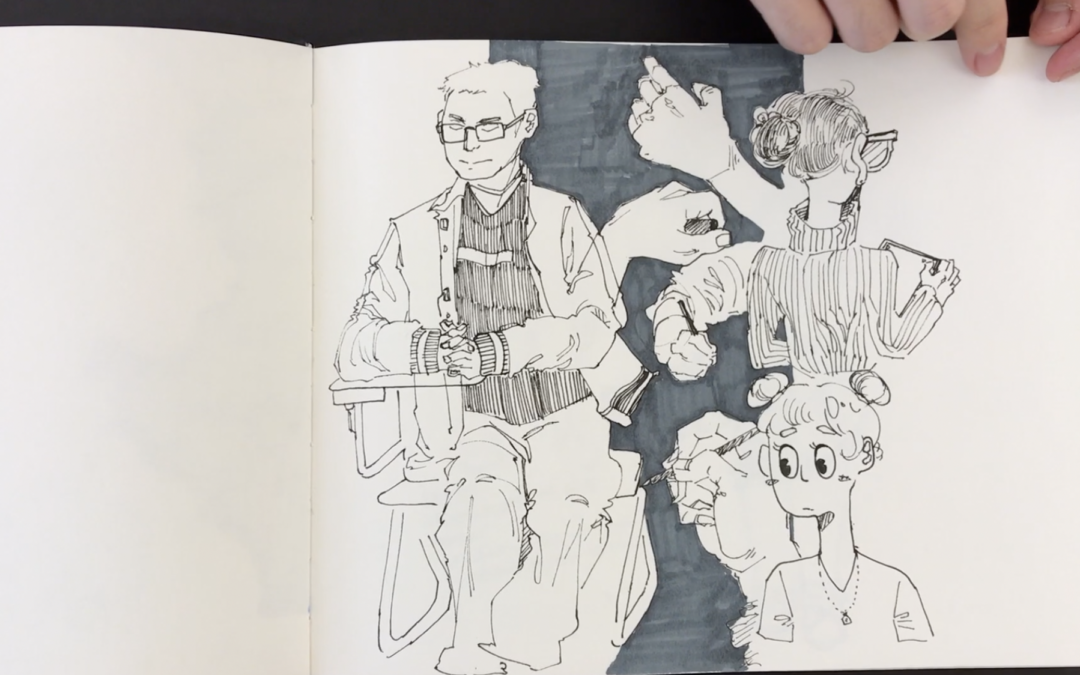
Dan’s Sketchbook
Dan has got to be one of the nicest people I have ever met. He is extremely talented and very respectful. I really love having Dan as a student is class. His appetite for learning is so infectious. Dan is always asking questions, always looking for more feedback on his work.
Dan’s life drawings are truly amazing with a ton of power and vitality. He is in a really good place with his artwork right now. The future is bright.
The one thing I wish for Dan moving forward is to allow his growth to happen naturally. Dan wants to improve, like now. I know that feeling, you are improving, but not fast enough. The one thing I have learned over the years is that you cannot force how fast you can learn.
Our mind is like a sponge, it can only absorb so much information in any given period of time. You have to allow your mind to take in the information and process it. Putting what you have learned into practice does take some time.
I like to compare learning to the growth of a tree. A tree can only grow so much in one year. You cannot force it to grow six feet in a year, that’s just not natural. How we take in information and apply it is very similar to the growth of a tree.
Allow yourself to enjoy the process of learning. Yes push to improve, yes be extremely competitive, strive to be the best. However enjoy the process of learning how to draw. Set your eye on the destination and enjoy the sights along the way.
Dan thanks once again for sharing your art!!

